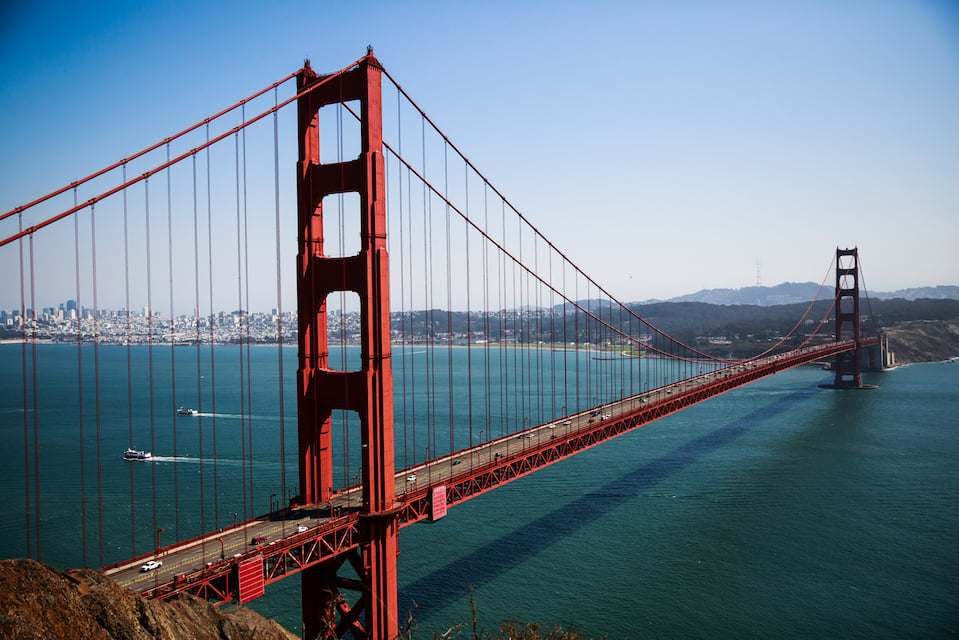You exist in a triple point equilibrium. Constantly flipping between ideal temperature, being cooked alive, and becoming bulletproof. Depending on how quickly you alternate between states it could be feasible to stay alive despite being European.
Shazbot
Just a guy jumping from a hot mess into more prosperous waters.
- 1 Post
- 76 Comments

 4·5 months ago
4·5 months agoI recommend checking out Greth’s videos on the current state of the game. He’s an experienced player so his opinions have good reasoning, although I don’t always agree with his views on maps. Personally I’m waiting for them to add 3rd weapon slot and to bring back the Jammer pack. Right now it looks too T:A GOTY for me, which is odd considering that GOTY peaked in 2012; the same year T:A released.

 8·5 months ago
8·5 months agoMy guess is search for toddlers, whose parents handed them a phone to keep busy while they rest or do something else. They’re the only demographic that does not know how to spell, or knows too few words to search effectively. But considering the American education system this could also apply to students who are illiterate despite completing the grade every year.

 6·5 months ago
6·5 months agoAs someone who has spent their life translating for family this isn’t surprising. Nor is it any easier when they bring me poorly translated documents and hope I decipher machine diarrhea. The tech is still years behind being real world ready, especially with anything above 6th grade grammar and nuanced word choice that depends on context and sometimes dialect. But free is free so 🤷

 2·5 months ago
2·5 months agoIt’s not that difficult, but bad drivers make it difficult for everyone else. Coming to a complete stop should be instinct, it’s a red light after all. But some still treat it like a green because of right on red. They’ll turn up to 24 kph so long as they don’t see obstacles at a glance. This is the danger for pedestrians and oncoming traffic, everything is secondary to the bad driver’s intention. Add the popularity of bigger vehicles which increase the likelihood of fatal crashes and reduce curb visibility, it can be pretty dicey.
Ideally I’d like to see stronger enforcement for full stop on red. But if we can’t get bad drivers to change I’ll take sitting at the red over an accident any day.
 5·5 months ago
5·5 months agoSpeaking for myself, voting for down ballot candidates is the first step towards changing a party. My home city secured a progressive majority in 2022, and previous elected progressives are now running for higher offices. It’s always a process, and when done right provides better changes for the years to come.

 83·5 months ago
83·5 months agoThe missing factor is intent. Make a random image, that’s that. But if proven that the accused made efforts to recreate a victim’s likeness that shows intent. Any explicit work by the accused with the likeness would be used to prove the charges.

 41·6 months ago
41·6 months agoGo to counseling, it might work, it might not. Really depends on how willing both of you are to change and grow through this.

 14·6 months ago
14·6 months agoReading these comments has shown me that most users don’t realize that not all working artists are using 1099s and filing as an individual. Once you have stable income and assets (e.g. equipment) there are tax and legal benefits to incorporating your business. Removing copyright protections for large corporations will impact successful small artists who just wanted a few tax breaks.

 71·6 months ago
71·6 months agoThat’s fine, but not the primary issue.
At some point these companies will need to get licenses for any copyrighted work that was part of the training data, or start over with public domain works only. The art may be data, but that data has legal owners whose rights grant control over it’s use.
Another way to think about is proprietary code. You can see it and learn from it at your leisure. But to use it commercially requires a license, one that clearly defines what can and cannot be done with it, as well as fair compensation.

 182·6 months ago
182·6 months agoThe short version is that it’s a licensing issue. All art is free to view, but the moment you try to integrate it into a commercial product/service you’ll owe someone money unless the artist is given fair compensation in some other form.
For example, artists agree to provide a usage license to popular art sites to host and display their works. That license does not transfer to the guy/company scraping portfolios to fuel their AI. Unfortunately, as we can see from the article, AI may be able to generate but it still lacks imagination and inspiration; traits fundamental to creating truly derivative works. When money exchanges hands that denies the artist compensation because the work was never licensed and they are excluded from their portion of the sale.
Another example: I am a photographer uploading my images to a stock image site. As part of ToS I agree to provide a license to host, display, and relicense to buyers on my behalf. The stock site now offers an AI that create new images based on its portfolio. The catch is that all attributed works result in a monetary payment to the artists. When buyers license AI generated works based on my images I get a percentage of the sale. The stock site is legally compliant because it has a license to use my work, and I receive fair compensation when the images are used. The cycle is complete.
It gets trickier in practice, but licensing and compensation is the crux of the matter.
A lot of nuance will be missed without some gradation between “I <3 China” and “Down with Pooh!” For example, if we added “Slightly favorable”, “Neutral”, and “Slightly unfavorable” we would begin to see just how favorable younger generations are. Rather than presume there is a deep divide on trade policy, if two bars are almost equal, we may see they are largely neutral. Similarly we could see just how favorable their views of TikTok really are by looking at the spread between neutral to “I <3 China!”
Was thinking something similar. What if the whales just don’t like the sailors’ taste in heavy metal? Have we tried passing the aux to the whales? This could be a valuable learning experience.

 6·7 months ago
6·7 months agoThe short version is that there are two images and sidecar/xmp file sandwiched into one file. First is the standard dynamic range image, what you’d expect to see from a jpeg. Second is the gain map, an image whose contents include details outside of SDR. The sidecar/xmp file has instructions on how to blend the two images together to create a consistent HDR image across displays.
So its HDR-ish enough for the average person. I like this solution, especially after seeing the hellscape that is DSLR raw format support.

 611·7 months ago
611·7 months agoFound an earlier article by El Observador before the legislation passed. Under Uruguay’s old laws Spotify, YouTube, an other streaming platforms paid little to nothing in artist royalties. With the new legislation artists will now see fair compensation.
The Guardian does a better job explaining Spotify’s problem: do the royalties come from rights holders (I am assuming they’re referring to record labels) or the streaming services? The later case they believe will cause them to pay double what they’re paying for streaming rights.
The issue just needs to back to Uruguay’s government to sort out who pays the artist royalties, or if both labels and streaming share a proportionate responsibility.

 4·7 months ago
4·7 months agoVGTG VGS (I am the Shazbot!)

 151·7 months ago
151·7 months agoGayle McLaughlin used to be the Green Party’s best example of what they could do at the local level, until she left in 2016 to vote for Bernie Sanders. I’m fairly certain she is the outlier.

 19·8 months ago
19·8 months agoThere is a chance that documents regarding schedules and other sensitive matters may be in the vehicle. A security leak of that nature could be life threatening to a bigger target. Alternatively, being stranded would leave Naomi vulnerable to kidnapping and assault.
Not saying the shooting was an appropriate response given the location, but the agents are right to be aggravated given the line of work and stakes involved.

 491·8 months ago
491·8 months agoThe short version is that an actor’s AI double, and an AI amalgam of several actors, will be treated as a proxy for the actor(s). The actor can agree or decline the use of their AI proxy based on the scene, and are compensated for use of their likeness as if they had gone in person. It’s a pretty big win for actors considering studios wanted unlimited usage for a one time payment.




The guitar case has the neck support he needs when you’re not strumming his belly.